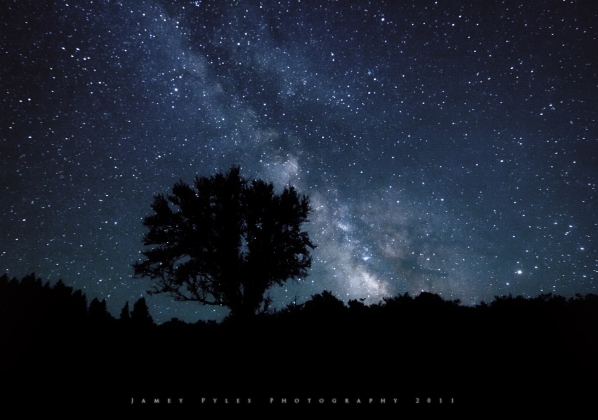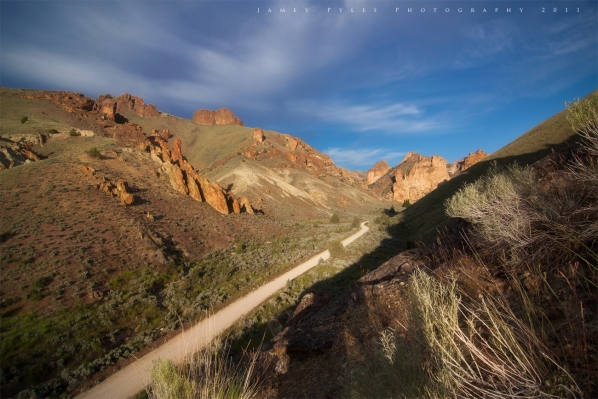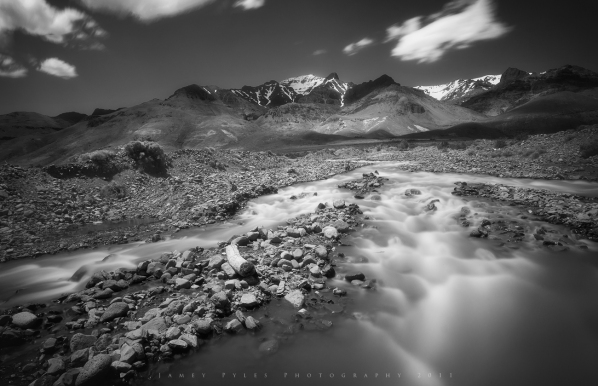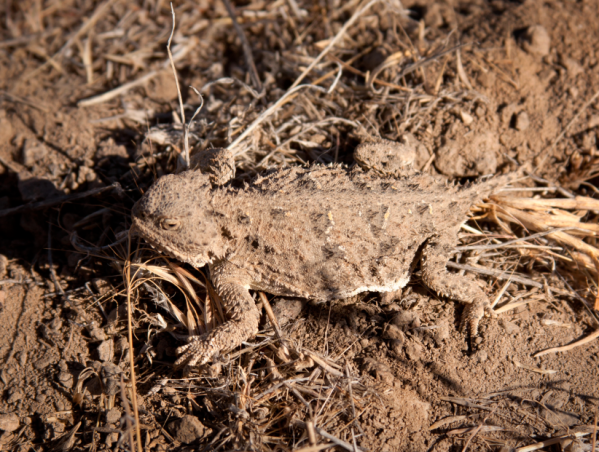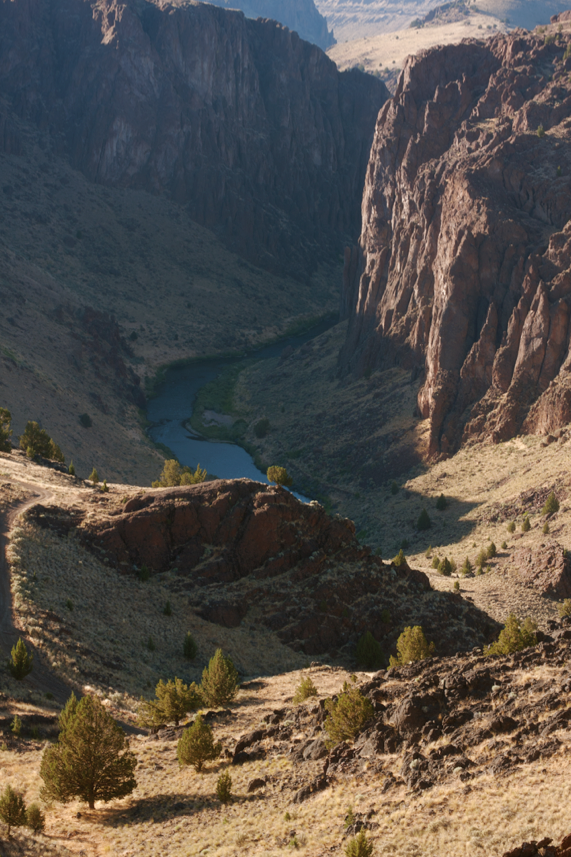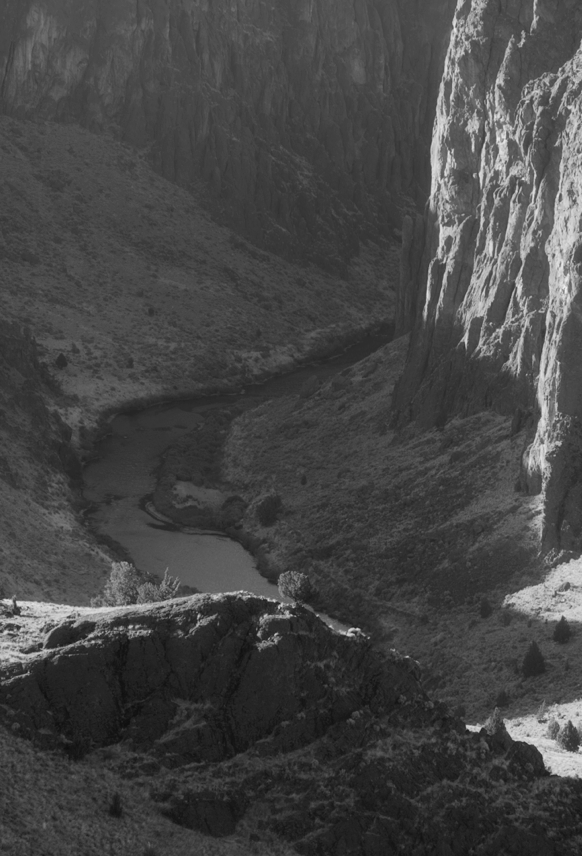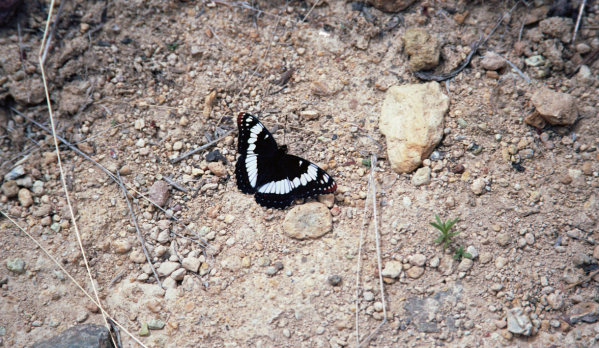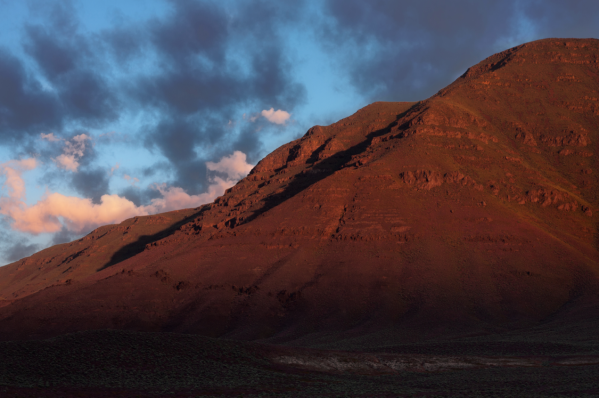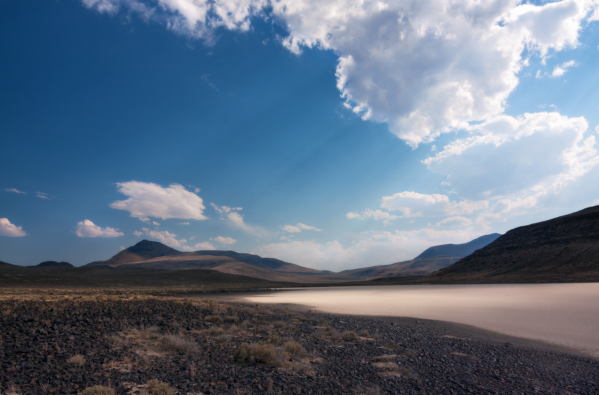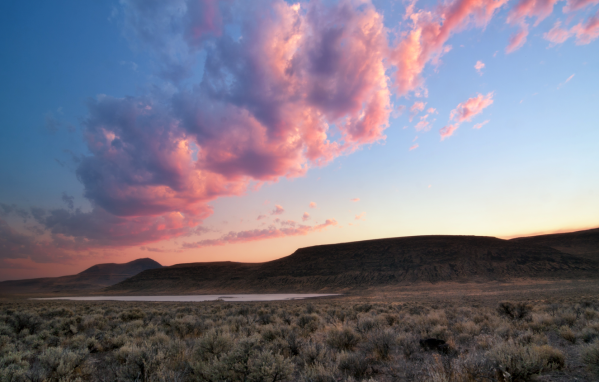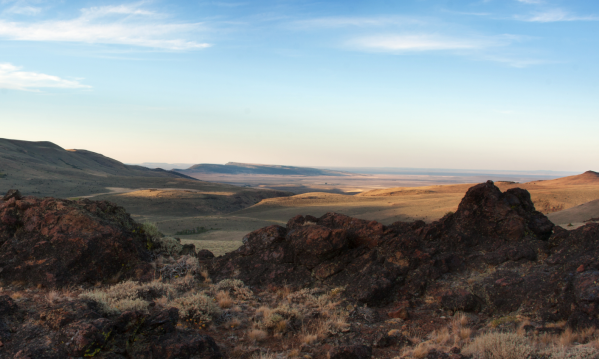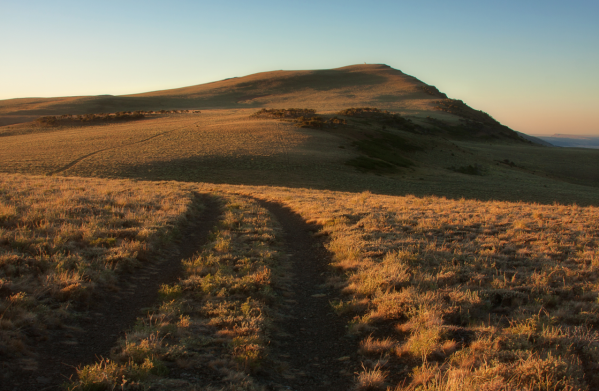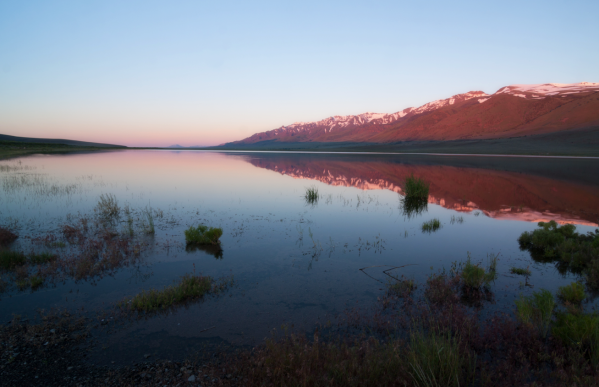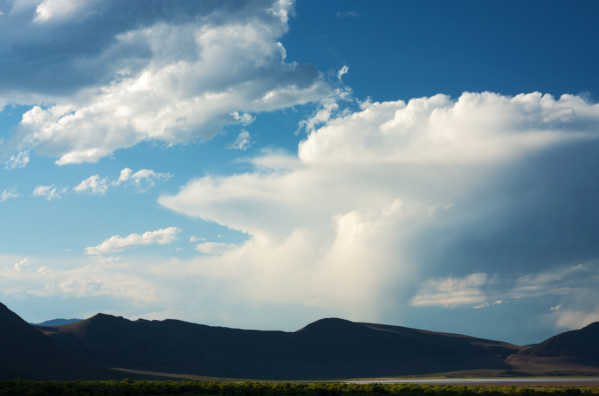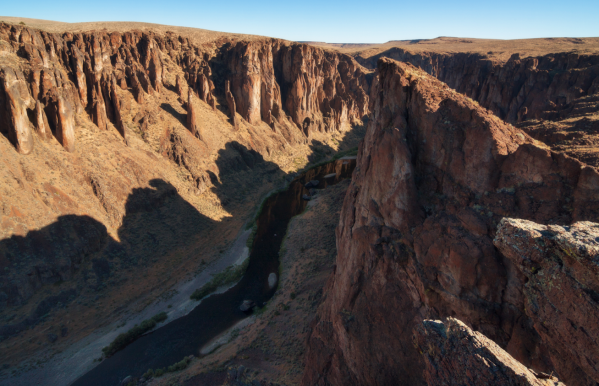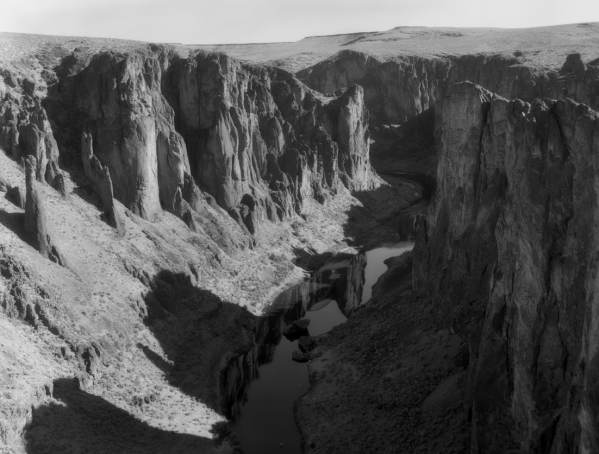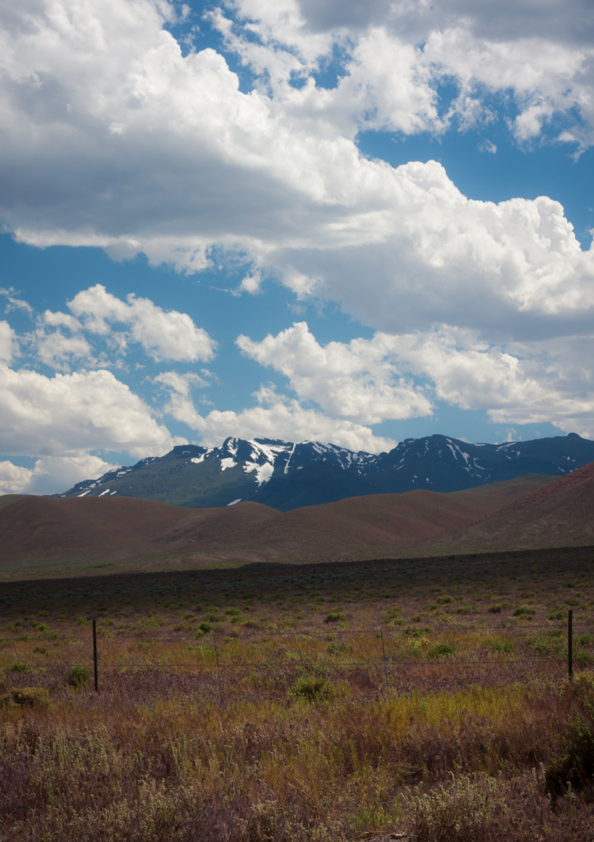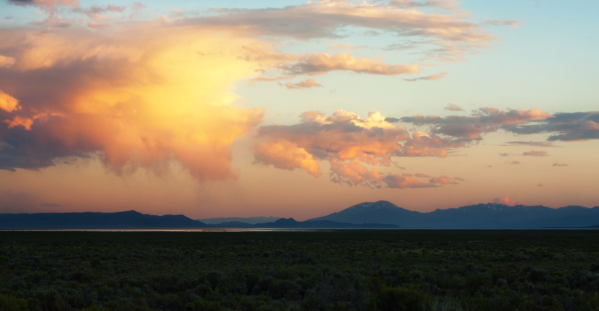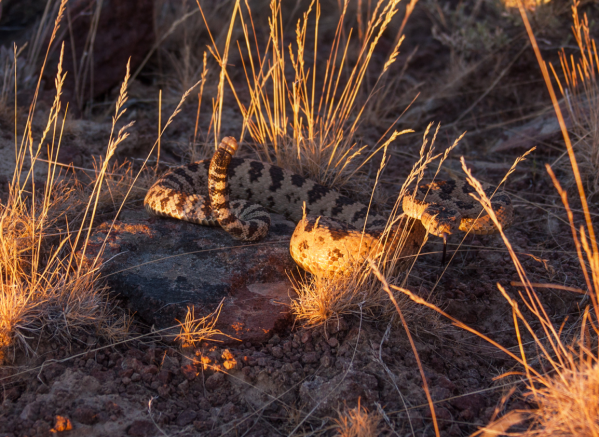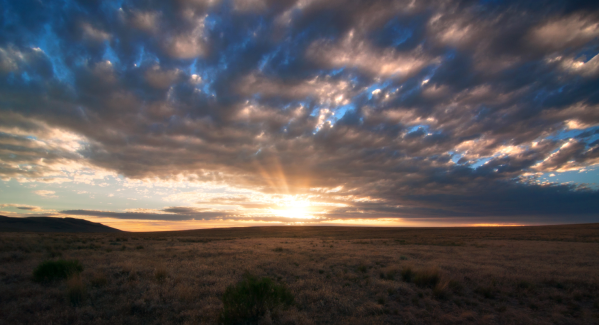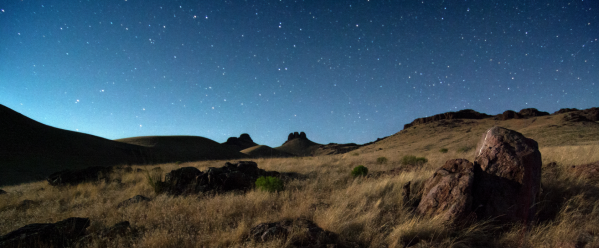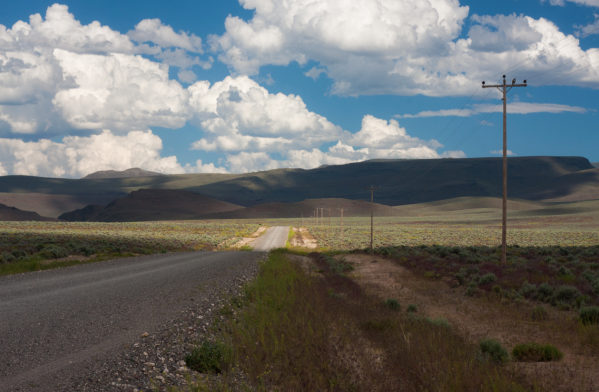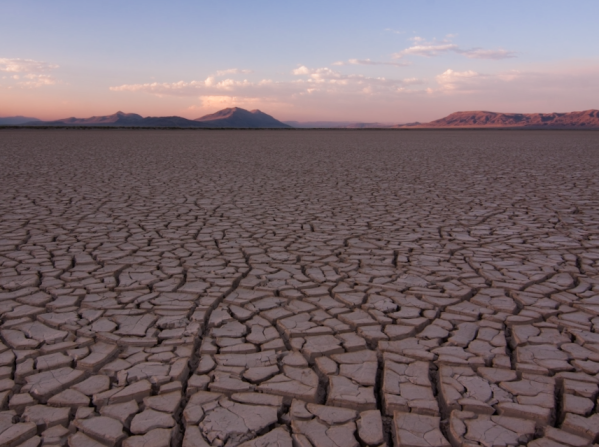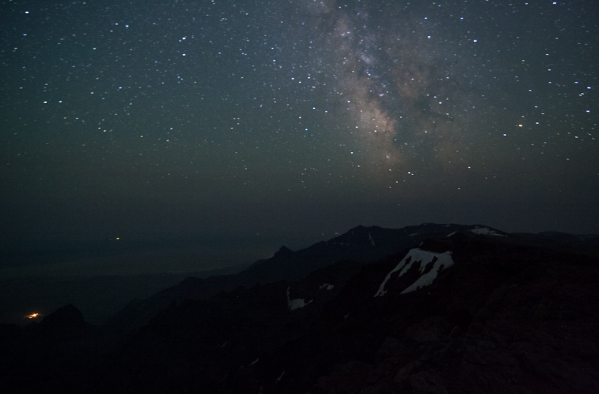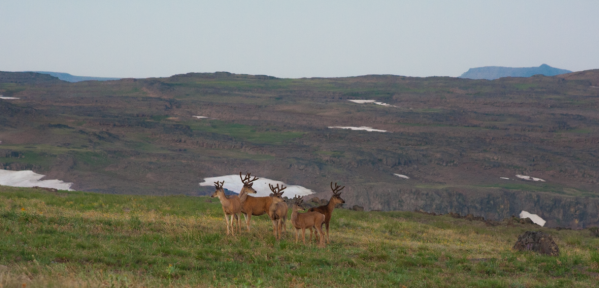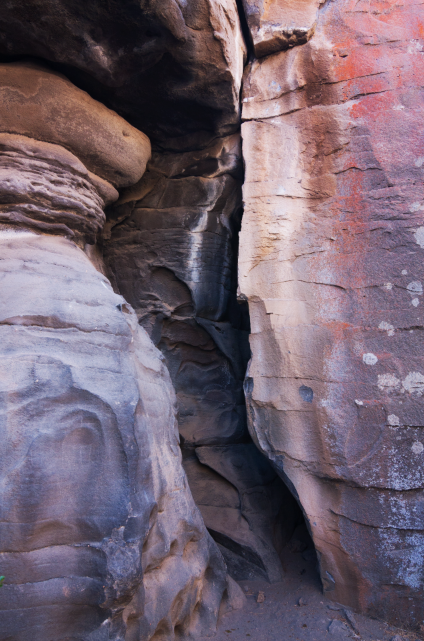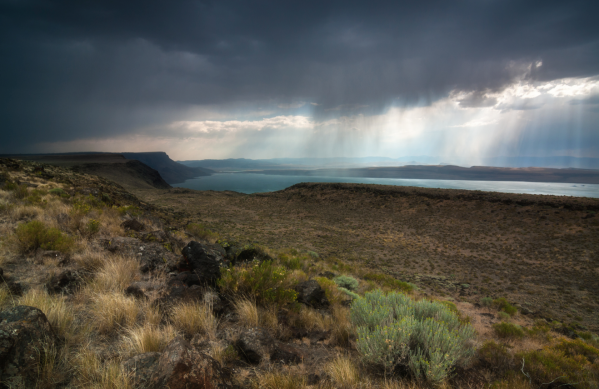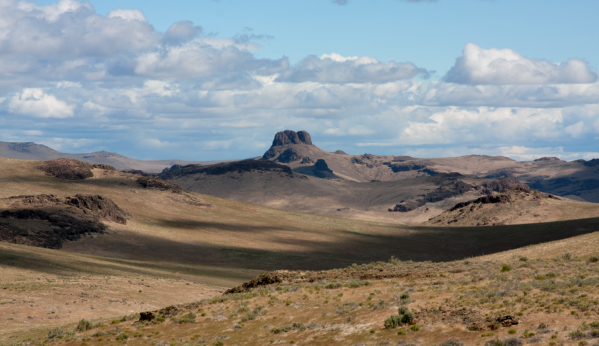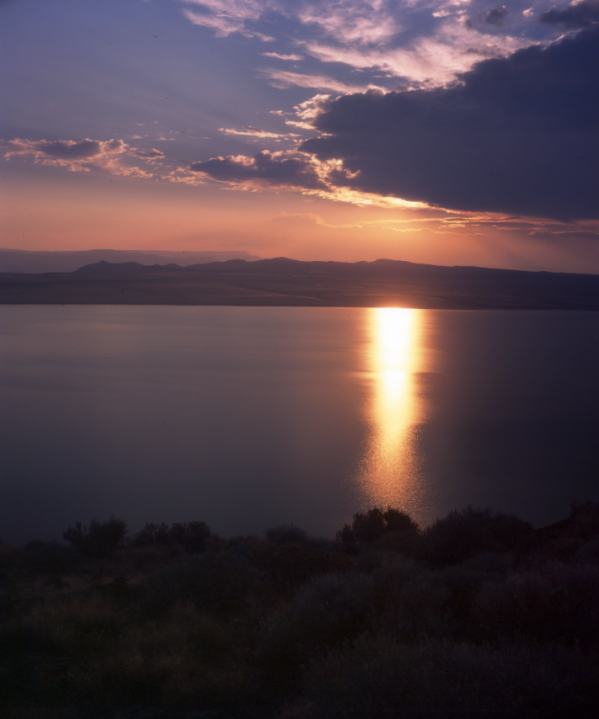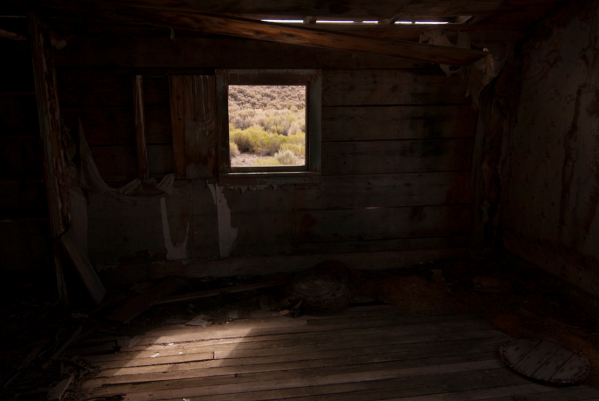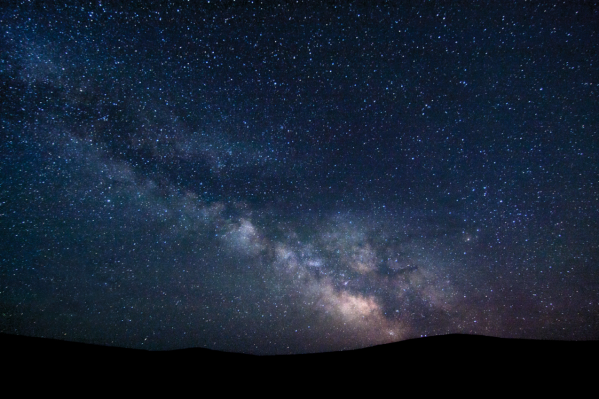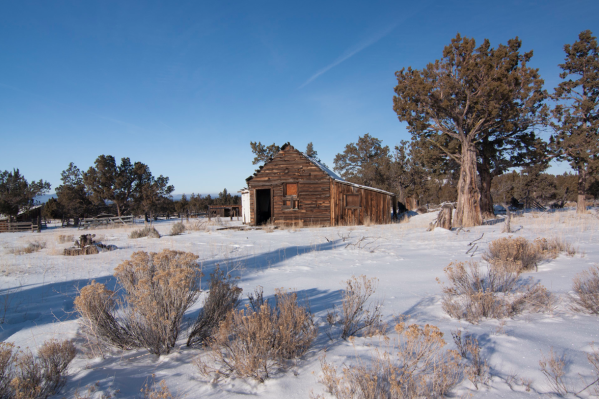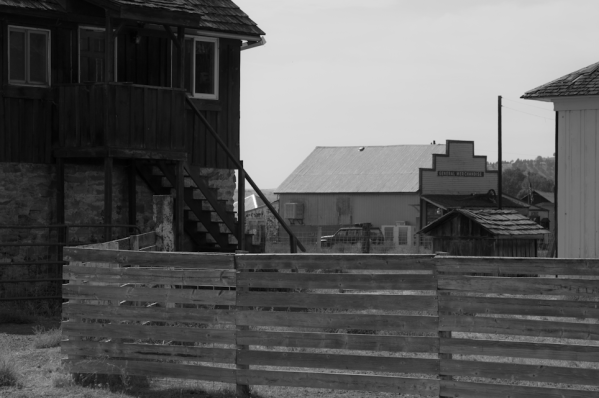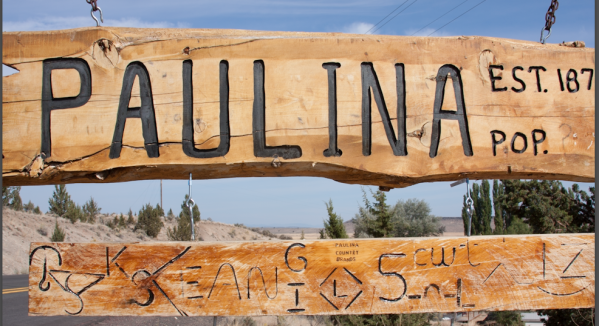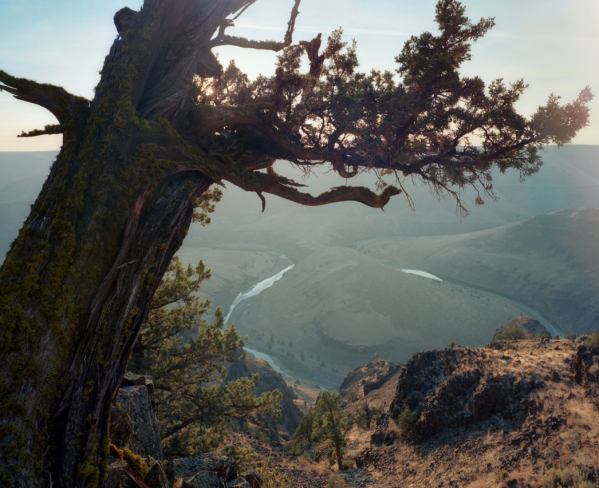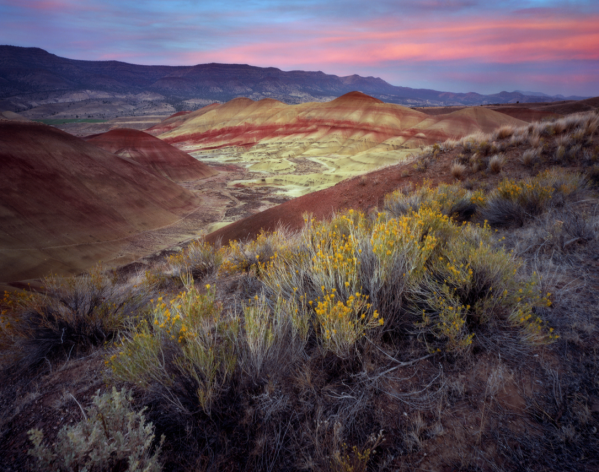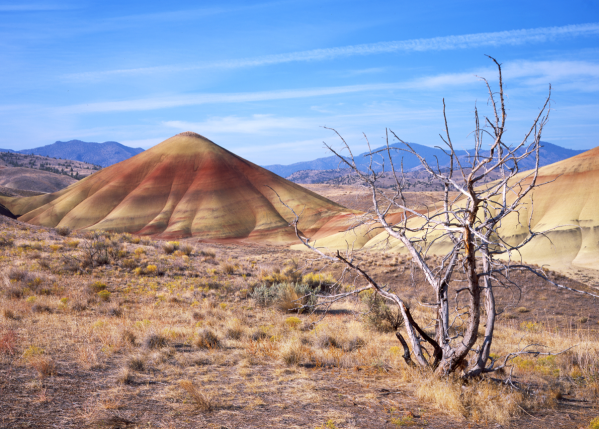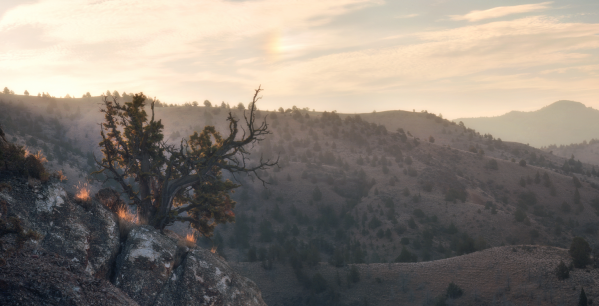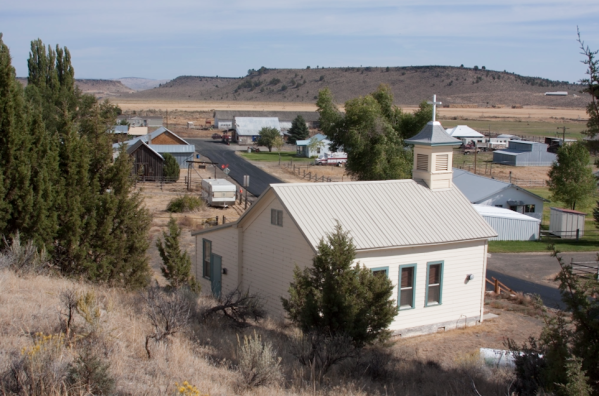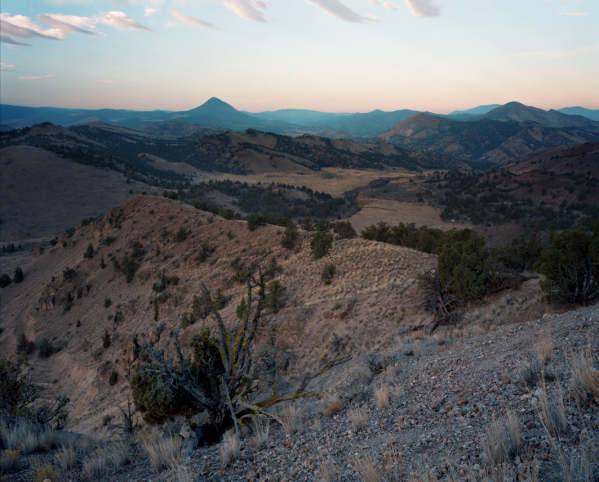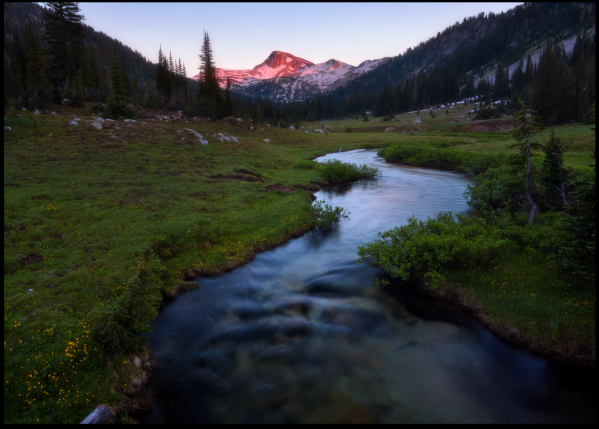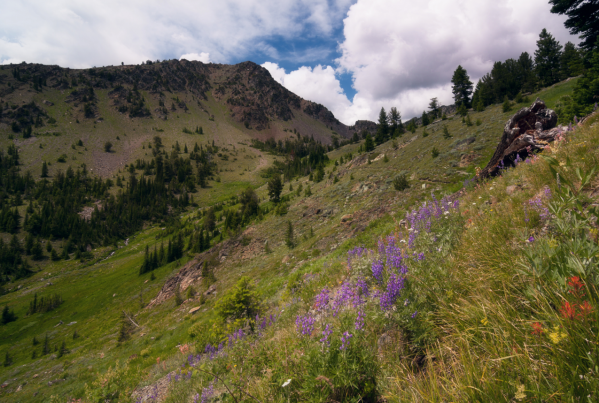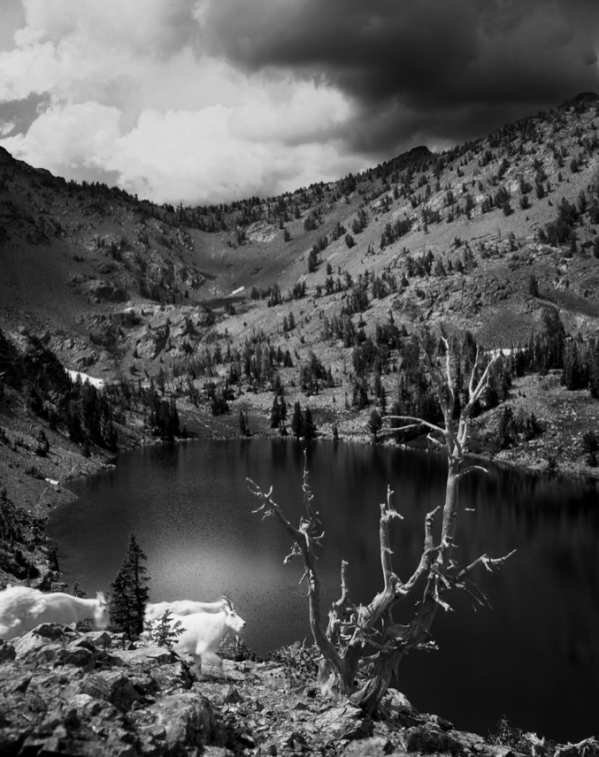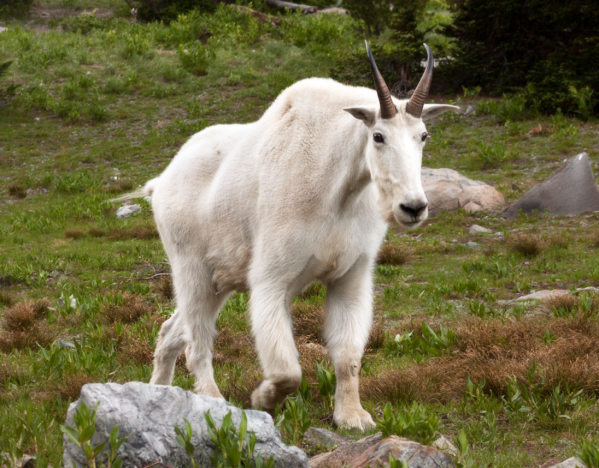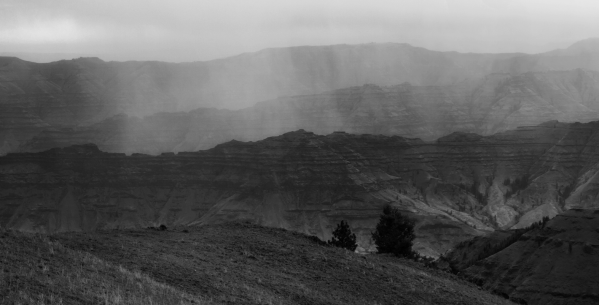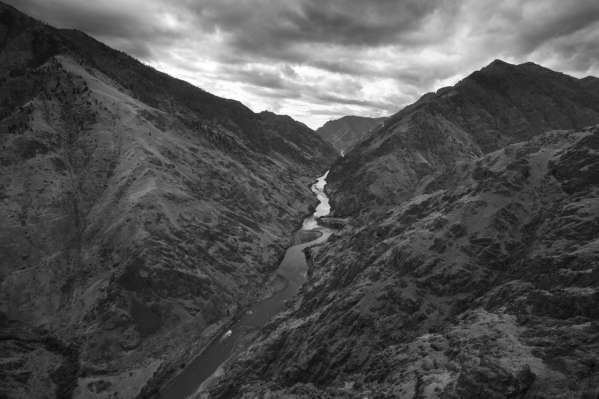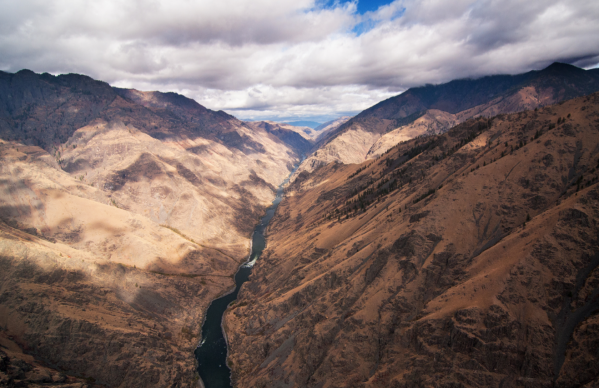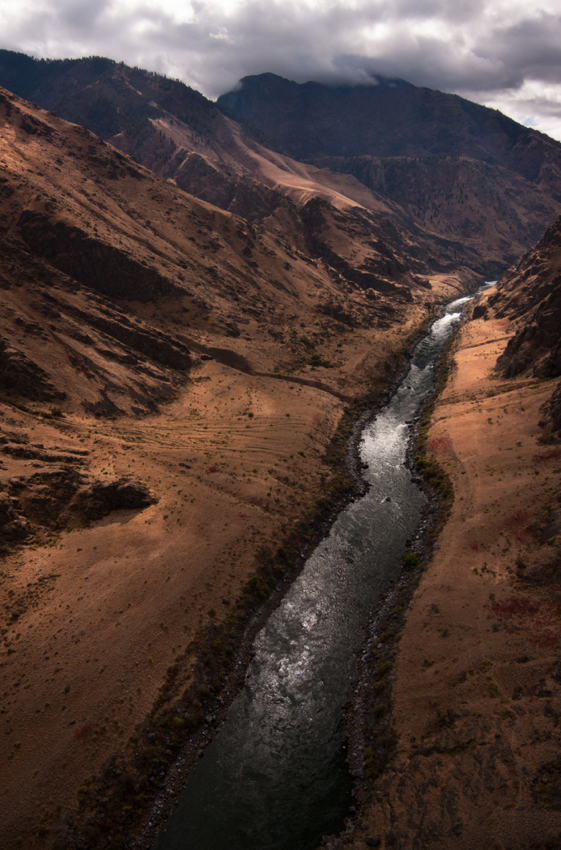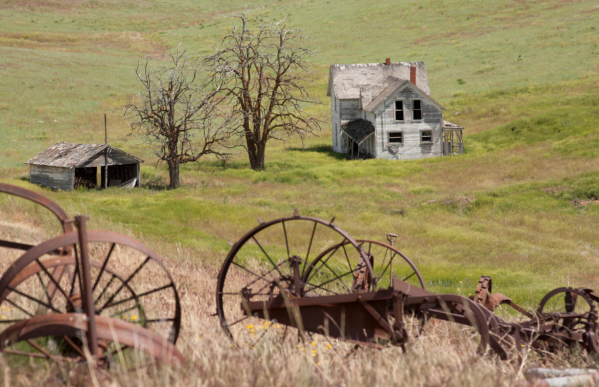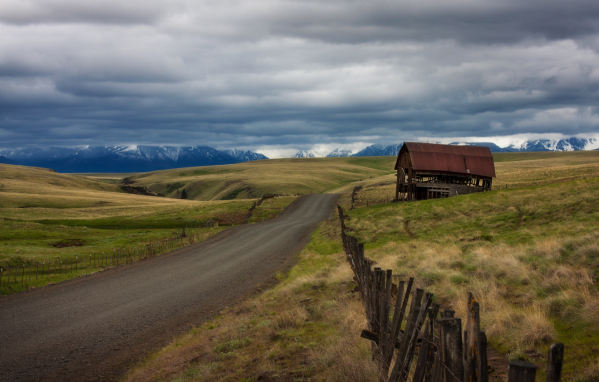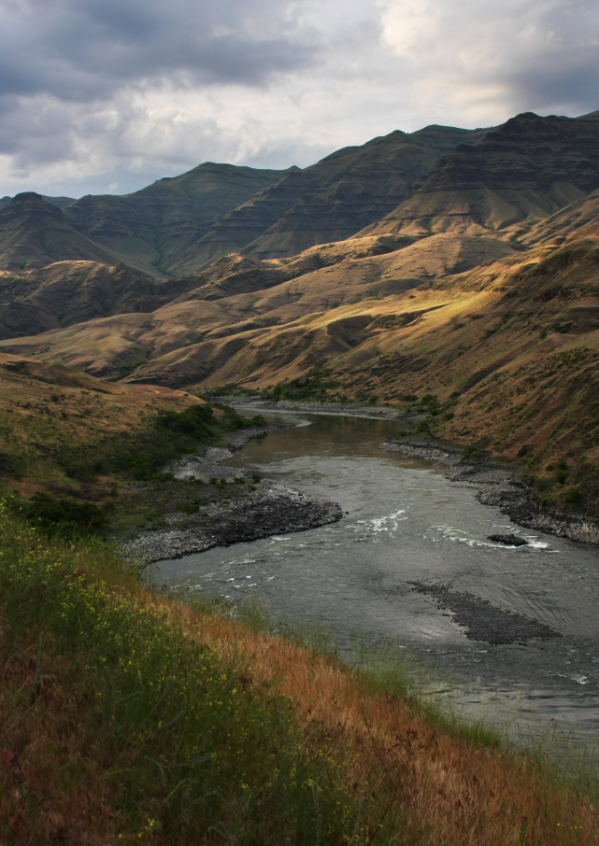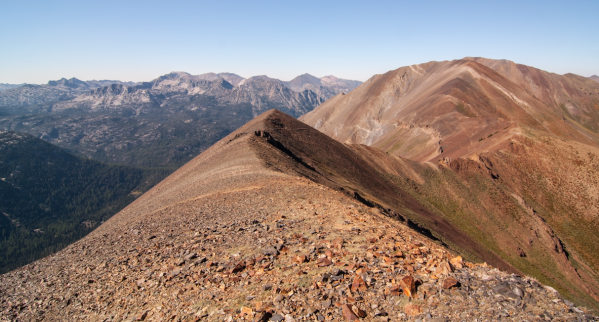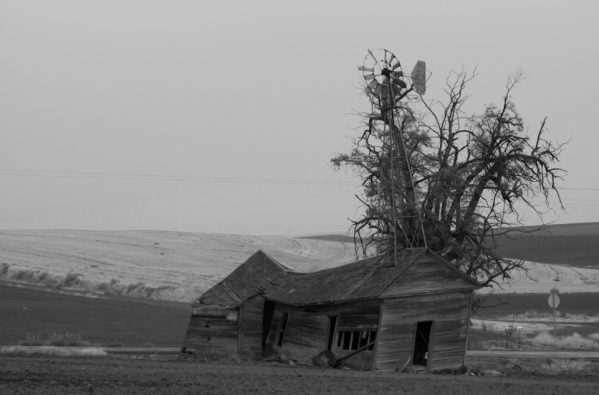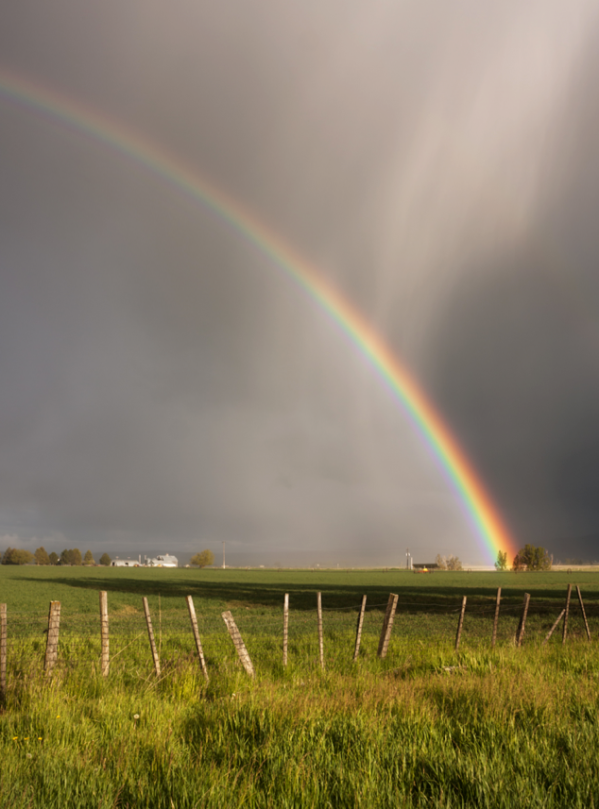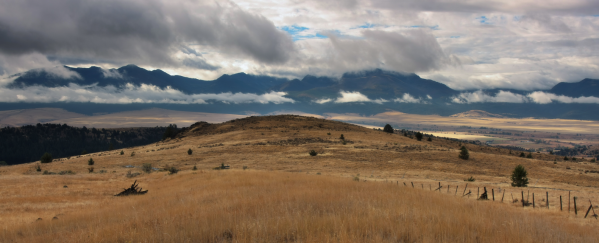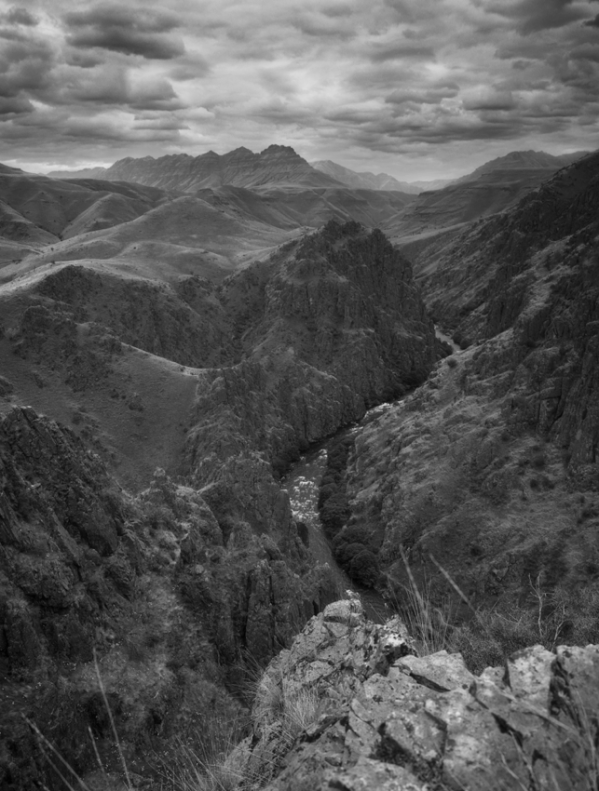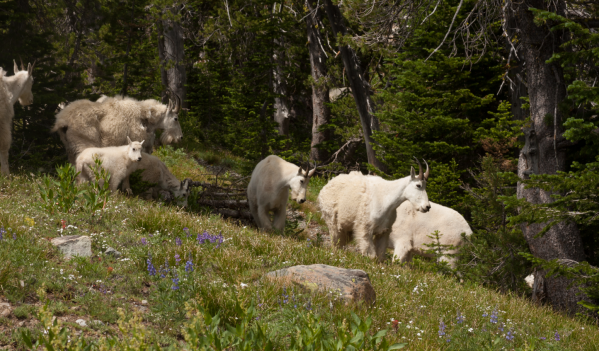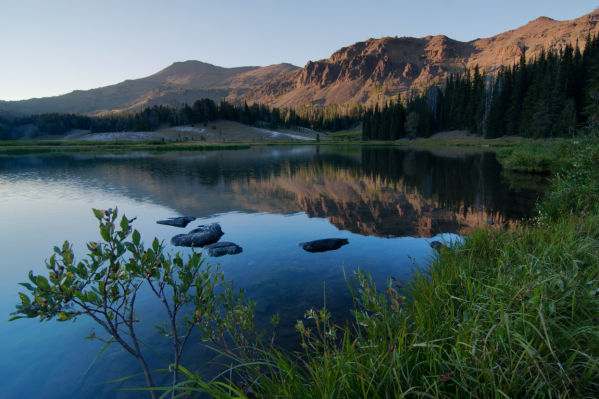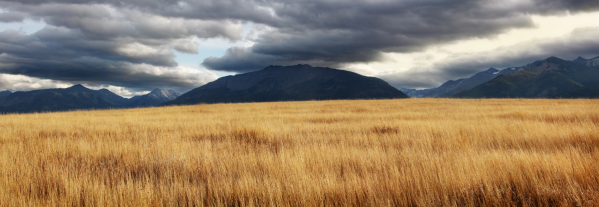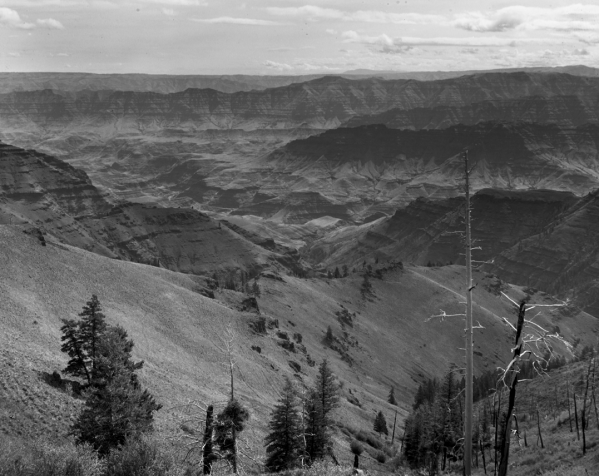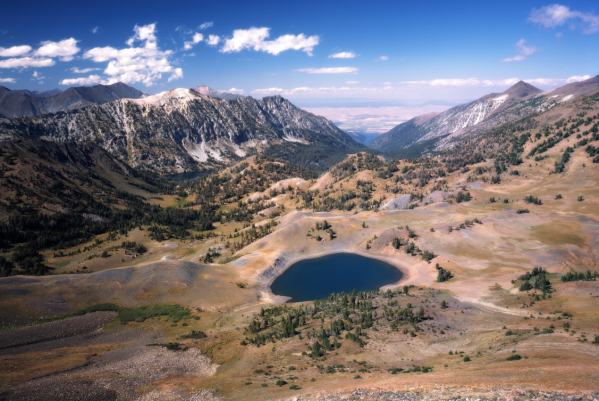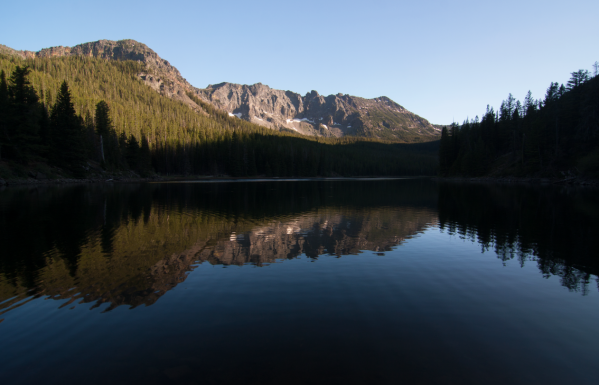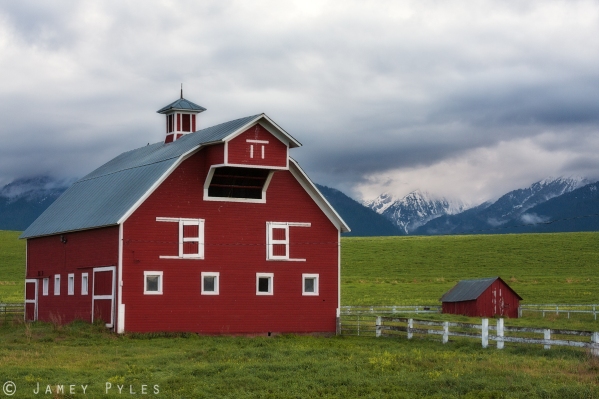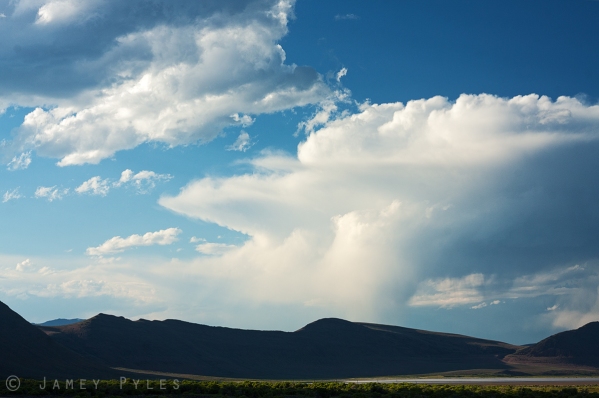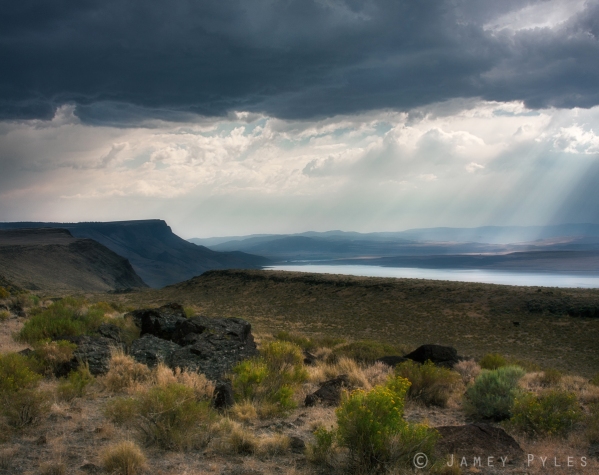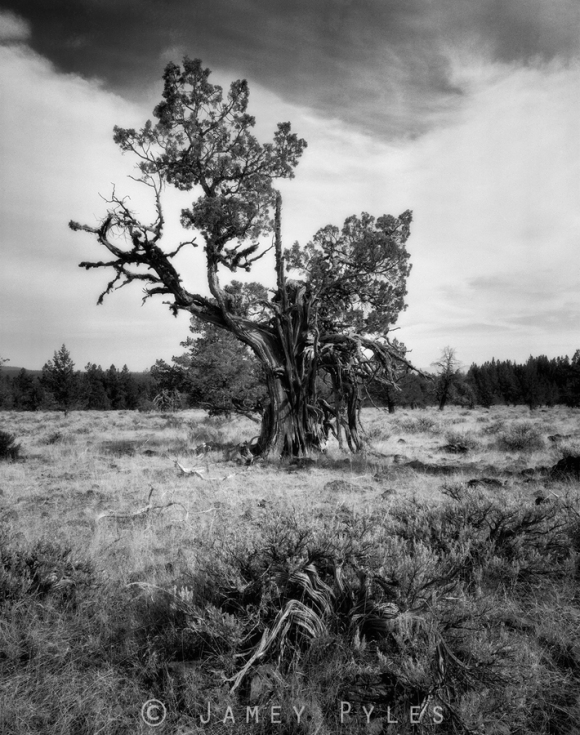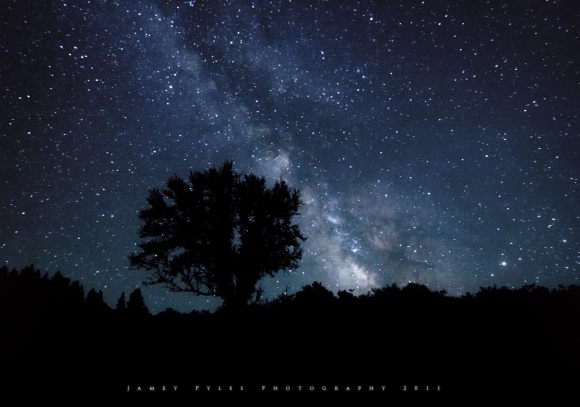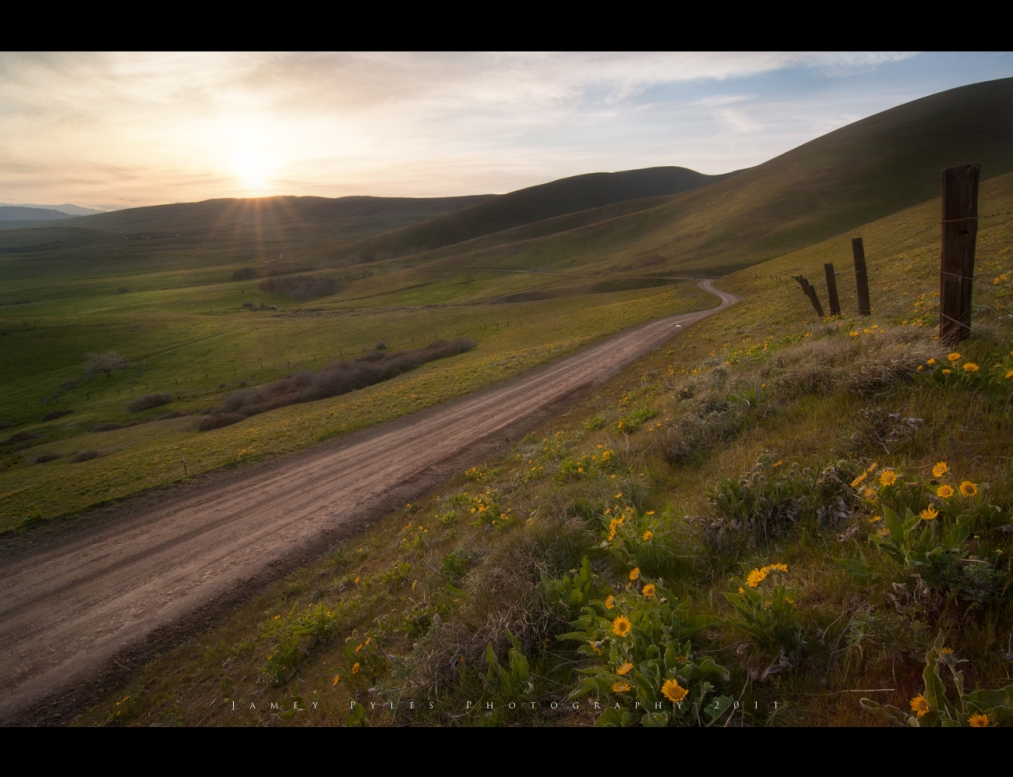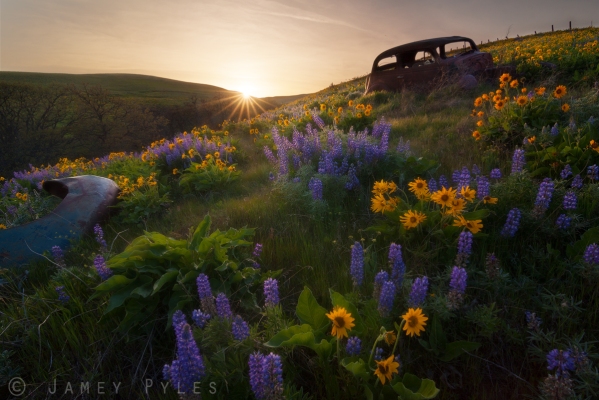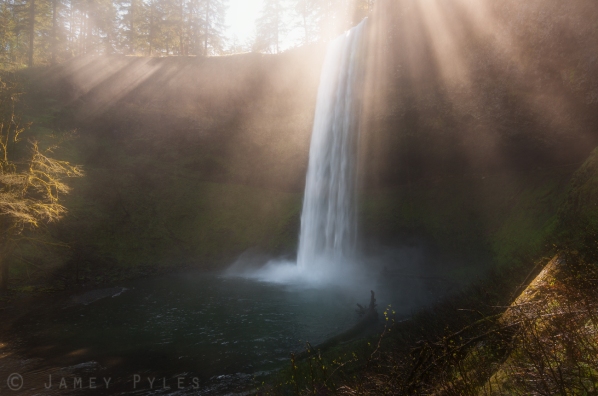This is the entire portfolio of work from last year (and a few from 2011) in eastern Oregon. All work is copyright Jamey Pyles and may not be used without permission.
I’ll soon be selling a book of my experiences (and many of these photos) by the title With Nothing for the Wind to Catch.
Enjoy!
SE Oregon (Northern Great Basin, Owyhee canyon)
2: Leslies Gulch
3: Steens Mountain, Alvord desert
4: Horned Lizard
5: Owyhee Canyon, 3 forks
6: Owyhee Canyon, 3 forks
7: Owyhee Canyon, 3 forks
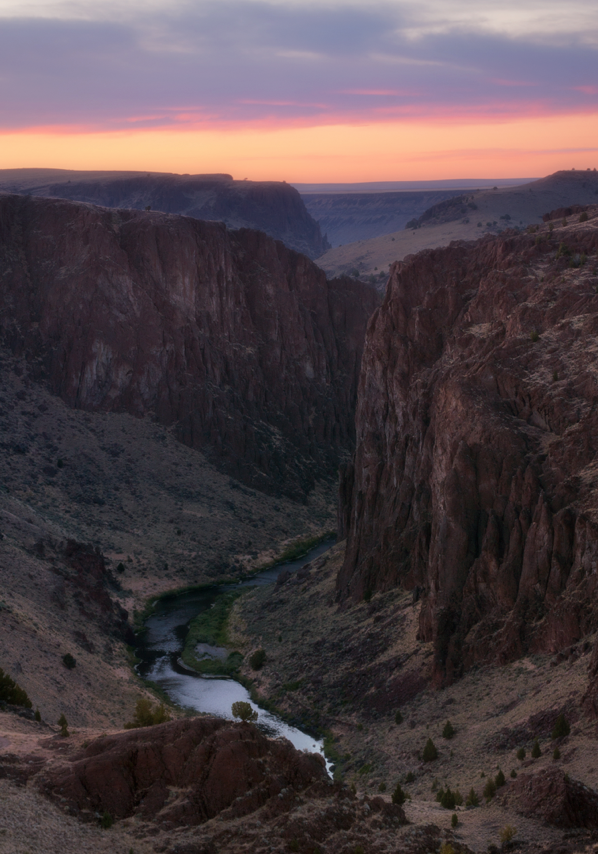
8: Alvord Basin
9: Alvord desert, wildfire under the milky way
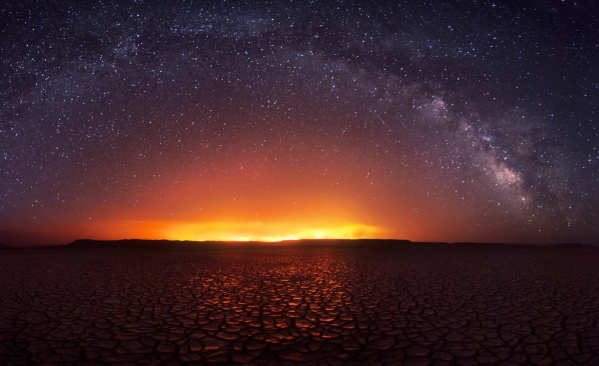
10: Butterfly in Owyhee canyon
11: Mickey Basin
12: Coffin Basin
13: Coffin Basin
14: Coffin Basin
15: Hart Mountain
16: Warner Peak
17: Leslies Gulch (4×5 film)
18: Mann Lake
19: Mickey Basin
20: Mickey Basin
21: Mickey Basin
22: Owyhee Canyon
23: Owyhee Canyon (4×5 Film)
24: Pueblo Mountains
25: Alvord Desert
26: Great Basin Rattlesnake
27: Saddle Butte
28: Saddle butte
29: Coffin Basin
30: Owyhee Canyon
31: Trout Creek mountains
32: Alvord Desert
33: Steens Mountain
34: 5 Bucks on Steens Mountain
35: Crack in the Ground
36: Abert Rim
37: Abert Rim
38: Aspens on Hart Mountain (4×5 film)
39: Owyhee Canyon
40: Owyhee Canyon
41: Abert Rim (4×5 film)
42: Steens Mountain
43: Homestead, Hart Mountain
44: Homestead, Hart Mountain
45: Stars seen from the Alvord desert
–
Central Oregon (John Day and Deschutes Basins)
1: Peterson Homestead
2: Paulina
3: Paulina (“pop. ?” Ha!)
4: John Day River (4×5 fim)
5: Blue Basin, John Day (4×5 film)
6: “Grandfather tree” Ochoco Mountains (4×5 film)
7: Painted Hills, John day (4×5 film)
8: Painted Hills, John Day (4×5 film)
9: Sutton Mountain (4×5 Film)
10: Paulina
11: Meyer Canyon (4×5 Film)
–
NE Oregon (Hells canyon, Elkhorn and Wallowa and Blue mountains)
1: Eagle Cap peak, Wallowa mountains
2: Elkhorn Mountains
3: Dug Bar, Hells Canyon
4: Mountain goats, Elkhorn Mountains
5: Mountain goat, Elkhorn Mountains
6: Hells Canyon
7: Hells Canyon
8: Hells Canyon
9: Hells Canyon
10: Homestead, Columbia Pleateau
11: Zumwalt Prairie
12: Hells Canyon
13: Wallowa Mountains from Sentinel Peak
14: Homestead, Columbia Pleateau
15: Windmill, Columbia plateau
16: Rainbow, Wallowa valley
17: Wallowa mountains, Wallowa Lake (4×5 film)
18: Wallowa Lake
19: Strawberry Mountains
20: Wallowa Valley
21: Hells Canyon (4×5 film)
22: Mountain goat kid, Elkhorn Mountains
23: Mountain goats, Elkhorn Mountains
24: Wallowa mountains
25: Wallowa Mountains
26: Wallowa Valley
27: Imnaha River (my first shot of 4×5 film)
28: Wallowa Mountains
29: Fall color near Sumpter
30: Fall color near Unity

31: Strawberry mountains
32: Wallowa Valley
33 Buckhorn Lookout, Hells Canyon.
